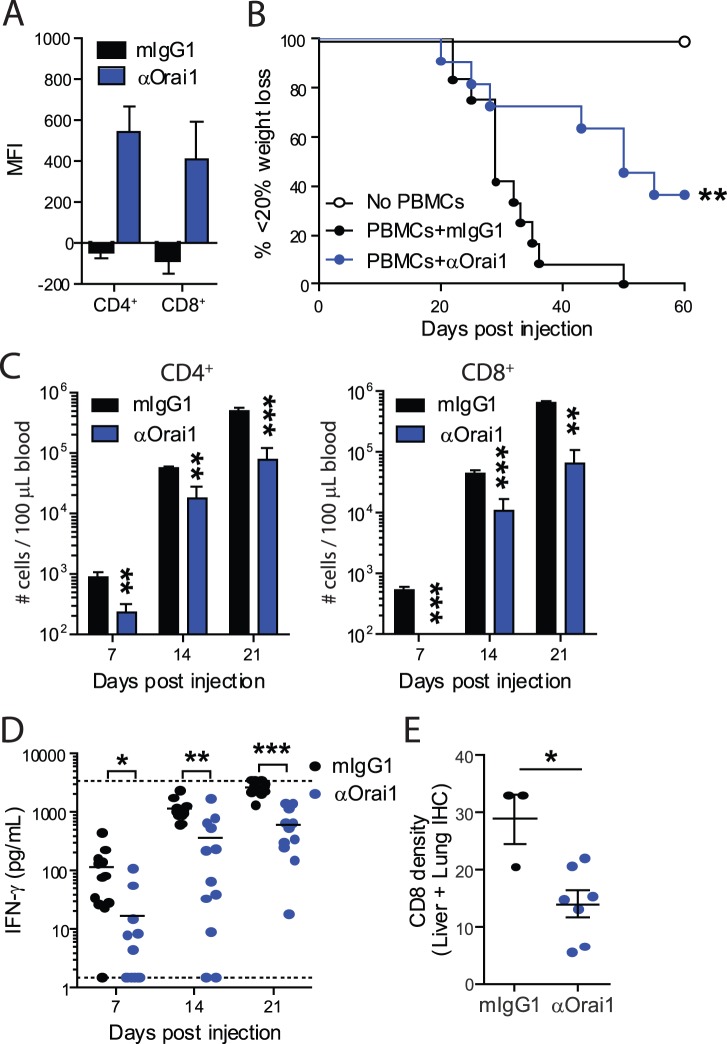Figure 7. Anti-human Orai1 antibody attenuates xenogeneic GvHD in humanized mice.
Groups of humanized NOG mice were treated with 10/kg αOrai1 (N = 11) or mIgG1 isotype control (N = 12) 3 times per week throughout the study. Mice without PBMC transfer were included as controls (N = 3). A) Staining of Orai1 on human CD4+ and CD8+ T cells from spleens of humanized mice following the onset of GvHD. B) Kaplan-Meier curves depict percentage of mice without GvHD defined as <20% weight loss. C) Absolute numbers of human CD4+ and CD8+ T cells in blood were quantified by flow cytometry on indicated days post PBMC injection. D) Human IFN-γ in plasma was measured by ELISA where horizontal dotted lines indicate assay range. E) Paraffin-embedded sections of livers and lungs were immunohistochemically stained with anti-human CD8 and analyzed using automated image analysis software (VIS) to show the CD8 density (% tissue area stained with CD8). Data are individual or mean +/− SEM and representative of two separate experiments. **P<0.01 by Mantel-Cox Log-Rank test compared to PBMCs+mIgG1 (B). *p<0.05, **P<0.01, ***P<0.001 by Mann-Whitney U-test (B-D). In (D), samples above range were given the maximum assay value and included in statistics whereas values below detection were plotted with the value 1, but not included in statistics.

